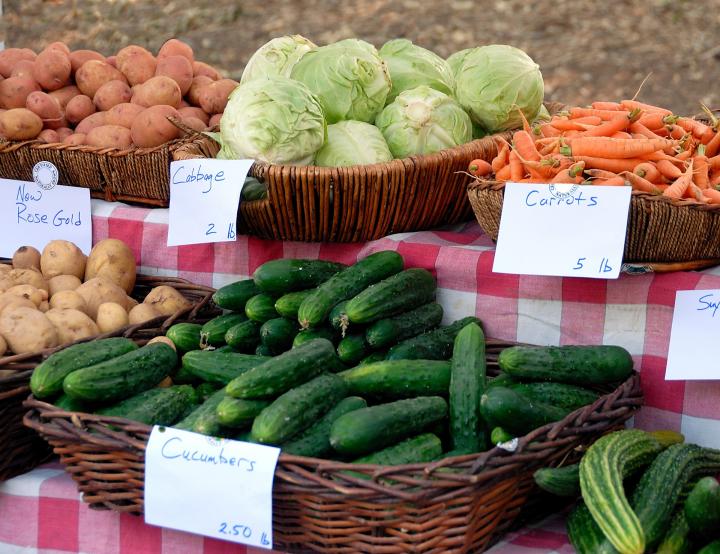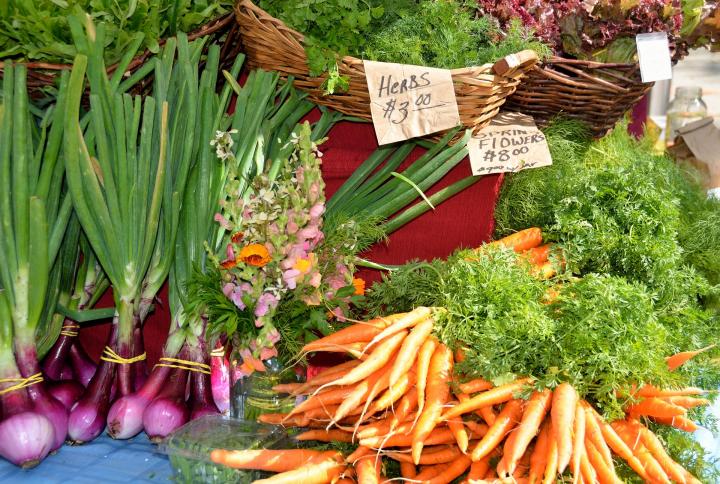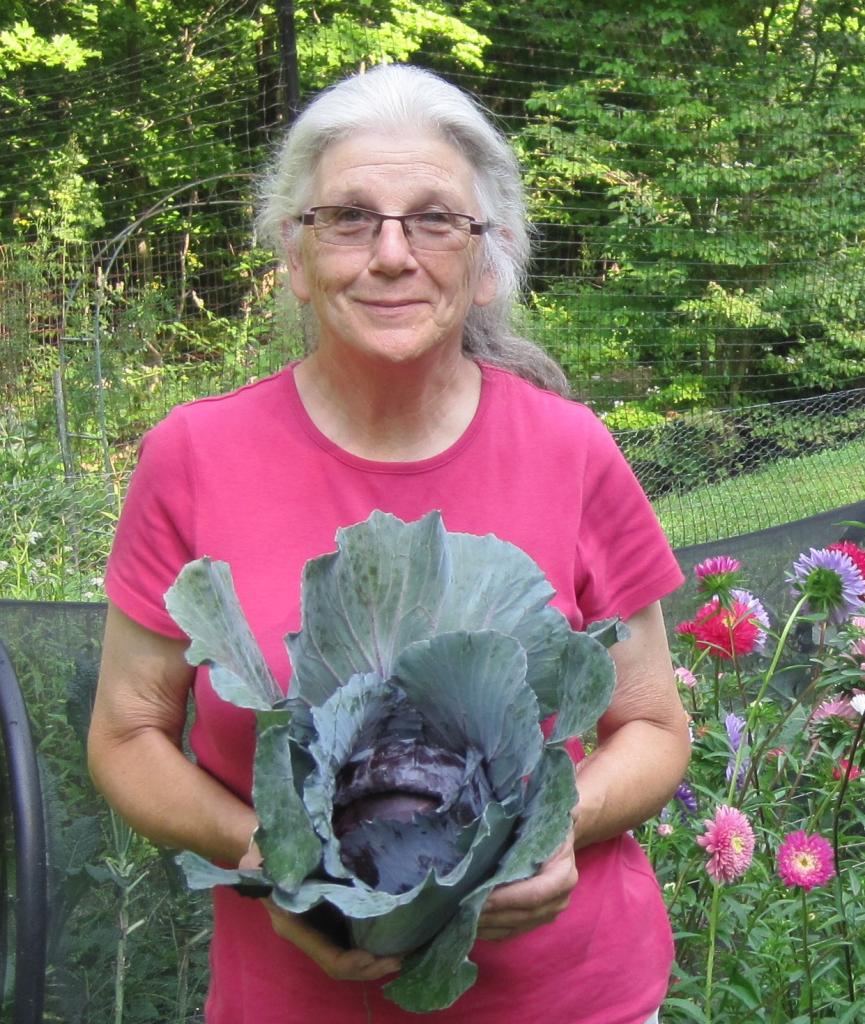
How to spot a fake at your local farmers' market
ADVERTISEMENT
I worked at a "Farmers Market" in Traverse City,MI where the owner buys eggs at costco then repackeges them with the markets name on them then sells them for double the cost. Also advertises "homemade" pie and baked goods and canned this and that, all just get made for them out of state. I really want my community to know the truth.
I am SO glad that you are educating people on this topic. Here in TN there are many markets where this sort of thing happens. Vendors who sell produce that they buy from Walmart the night before. It is simply fraud. It is hard to find a TRUE farmers market that both prohibits "reselling" and enforces "local producers only." The average shopper has no clue what should or should not be in season at any given time, so it's easy for unscrupulous vendors to take advantage of that." Education is so very important. Great job on this article.!
I too live in East Tennessee where we have local farmers and a great Saturday market in town. It’s grown in size but I fear all our vendors are NOT honest. I look at the hands of the farmer selling his produce. If his hands are smooth there’s no way I’d buy from him. I do ask questions and really put them on the spot. My husband and I do a small garden each year and I read a lot of articles on veggie and flowers so I know what is grown around our area.
My biggest peeve here in southern California is that what they call "farmers markets" - even using the word "certified" - are virtually nothing more than flea markets. There may (or may not, even) be a booth or two that sell produce, and some that sell hand crafted items, but the rest just sell junk. None in my area are worth the trip to ship for anything edible. I prefer to stop at a roadside stand where at least the signage tells you what it actually grown locally.
We have more trouble with the artisans bringing in cheap stuff made in China and passing it off as their own than we do dubious farmers. Unfresh produce is really easy to see with your eyes. We are less policing than the people in this article. If the vendor pays his/her/its dues and people want to buy what they have, it's okay with us. Usually the fakers leave after a week or two anyway.
One of my neighbors started growing peaches, planting more and more trees until he started selling them from his garage. He just puts up a sign in front of his house, right in town. And he's got a list of people who come back each year for a bushel or two.
Another neighbor sold baskets of tomatoes to local restaurants to help pay for the cost of watering, which had become pretty hefty. I find both of those alternatives to the "market" are also worth considering. As to how you tell the phonies--thanks for the tip. You're quite right.
Our farmer's market offers farm tours so we know who the local growers are. Very fun!
My son "experimented" growing veggies on our property deciding to attend a farmer's market. Prior to veggie's being available he grew micro greens. To avoid using plastic bags for packaging he sourced a plant based package that can be discarded into green bins.
They look like the clam shell type package so we have a notice at our booth which our customers comment on positively. All of the produce and greens that we sell is grown on our property.
Beware of bakers whose products are too uniform and too cheap. My husband and I were proud baker’s at various farmer’s markets..one for 22 years. Our customers got to know us and we were proud of our many compliments. We called the phonies “re-packers”. We used the best ingredients, produced in small batches. Quality shows, so does pride in your products.










